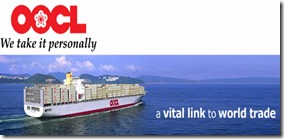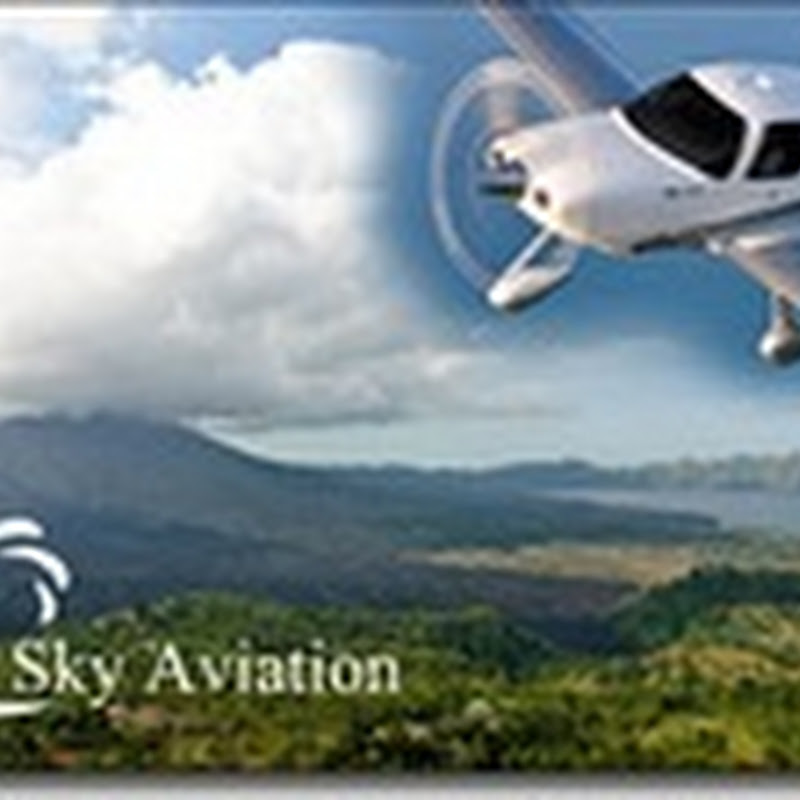
Hong Kong’s Orient Overseas Container Line (OOCL) more than doubled profit to US$197.2 million last year compared with US$86 million in 2011 on the back of higher freight rates and container volumes.
Profit of parent Orient Overseas (International) Ltd (OOIL) jumped 63 percent from $181.6 million to 296.4 million, reported the South china Morning Post.
The company, which is controlled by the family of former Hong Kong Chief Executive Tung Chee-hwa, said it remained cautious on market outlook due to excess capacity and intense competition, which could pressure freight rates. Anaemic growth in the US and little improvement in Europe's economic conditions will make 2013 as "challenging" as last year for OOCL, said Ken Cambie, the chief financial officer of OOIL.
First-quarter cargo demand was as difficult as 2012 although container rates were higher than this time last year, he said.
Cambie said OOCL was looking to increase rates in the coming months as cargo contracts are renewed with freight owners on transpacific and Asia-Europe trades and general rate rises are implemented. Asked if there was concern cargo owners could resist rate rises, Cambie said OOCL was seeing a typically seasonal pattern with a weak January and this was expected to be followed by a stronger spring and summer.
Johnson Leung, the head of regional transport at Jefferies, said container lines are expected to get part of the planned $700 per TEU increase on Asia-Europe trades from March 15. Cambie said Soren Skou, the chief executive of Maersk Line, the world's largest container shipping company, expected freight rates would be higher in 2013 than last year.
But warning of potentially choppy conditions ahead, Cambie said there may be a trend of switching factory production back to the US, while Chinese manufacturers could refocus on the mainland's domestic market, creating a slowdown in exports. Both would hit cargo demand at a time when delivery of new container ship capacity will rise.
Some 274 container ships averaging 6,400 TEUs are set to be delivered globally this year, compared with 207 box ships averaging 6,100 TEUs that were delivered last year and 161 ships averaging 7,300 TEUs in 2014.
Cambie confirmed that the average load factor on OOCL's fleet of 98 ships fell to 73 per cent, down three per cent compared with 2011. But the firm was "quite happy to take 73 per cent and be profitable rather than 90 per cent and be losing money".
Jon Windham, the head of industrials research at Barclays, said OOIL "did well relatively" to comparable container lines. He added the outlook was "pretty negative, but probably accurate". Explaining the buoyant result of OOCL, Cambie said improving freight rate levels in the second quarter continued into the third quarter to give a much stronger second half.
OOCL posted a second half operating profit of $111 million against a US$38.3 million operating loss in the second half 2011. But he said there was a disappointing end to the year as freight rates and container volumes deteriorated in the fourth quarter.





